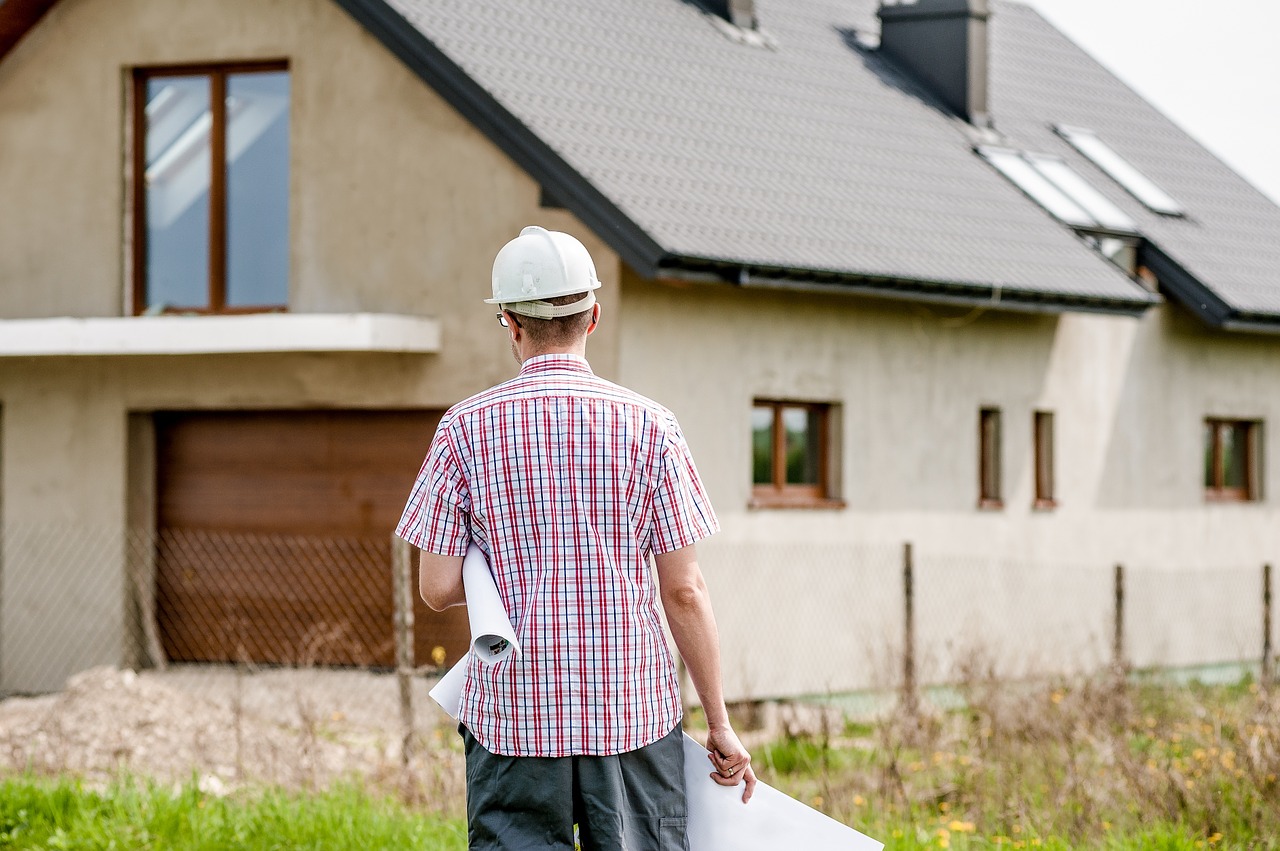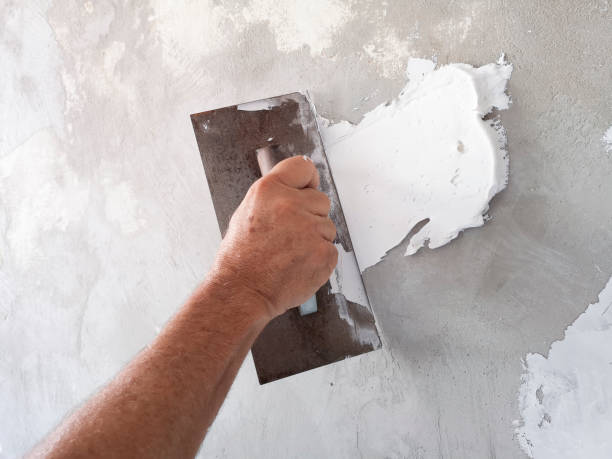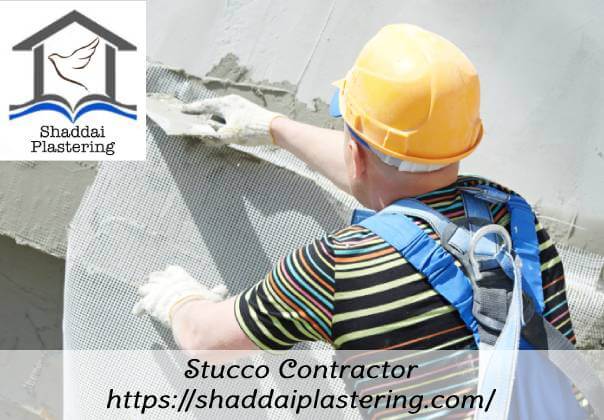Discovering the Convenience of Stucco in Modern Architecture
Stucco has long been identified for its visual allure and flexibility, yet its duty in modern style warrants a better evaluation. This product, traditionally considerable in different architectural movements, currently works as a versatile service that improves both the useful and visual aspects of contemporary structures. By discovering its innovative applications, from striking exteriors to energy-efficient styles, one can appreciate exactly how stucco is redefining the boundaries of building expression. This conversation will certainly uncover not only its transformative possibility but additionally the challenges it faces in a progressing industry.
Historic Value of Stucco
The historical relevance of stucco is profound, as it has actually played a critical role in building practices across different societies for centuries. Coming from old worlds, stucco was made use of by the Egyptians and Greeks as a flexible and sturdy finish for both interior and exterior surface areas. Its versatility to various environments and ability to resemble more pricey products made it a favored choice.
In the Roman period, stucco became a main attractive element, made use of extensively in public buildings, suites, and temples. The Romans fine-tuned the application methods, enabling for intricate styles and relief sculptures. Throughout the Renaissance, stucco experienced a revival, specifically in Italy, where it was used in fancy facades and decorative details, showcasing the virtuosity of the duration.

Modern Applications in Layout
Stucco has discovered renewed relevance in contemporary architecture because of its adaptability and visual appeal (stucco contractor). This traditional material is significantly utilized in modern style, connecting the space in between contemporary and timeless aesthetics. Architects and designers value stucco for its versatility, allowing it to be used in different styles-- from minimal structures to elaborate Mediterranean layouts
In household projects, stucco offers a clean, seamless coating that boosts the visual cohesion of exteriors. Its capacity to adapt different shapes and surfaces makes it an optimal choice for both brand-new buildings and restoration jobs. In addition, stucco's sturdiness and reduced upkeep needs add to its growing popularity in city settings, where durable products are necessary.
Commercial applications have actually likewise accepted stucco, with lots of organizations selecting this material to develop welcoming and distinctive stores. Using stucco in public buildings, such as colleges and neighborhood centers, showcases its possibility for developing visually enticing environments while supplying exceptional insulation buildings.
Shade and Texture Technologies
Checking out color and structure developments in stucco has actually opened new avenues for designers and developers, enhancing the material's visual effect in contemporary building. Current improvements in pigment modern technology have permitted for a larger spectrum of colors, enabling designers to develop striking exteriors that integrate effortlessly with their surroundings or stand out as strong architectural statements. This flexibility in shade selection supplies engineers the capacity to evoke specific emotional actions and balance with regional looks.
Appearance innovations have in a similar way transformed stucco applications. Methods such as shoveling, spraying, and marking have actually caused diverse surface area finishes, ranging from smooth and refined to sturdy and responsive. These variations not only add to the structure's character yet likewise play an essential role in light interaction, improving the visual deepness and dimensionality of surfaces.
In addition, the intro of synthetic stucco alternatives has actually expanded layout possibilities, using boosted toughness and click over here now weather condition resistance while preserving visual charm. As designers remain to experiment with innovative color palettes and textured surfaces, stucco continues to be an essential aspect in modern design, showcasing the material's versatility and classic significance in modern layout.
Sustainability and Energy Effectiveness
Technologies in color and structure have not only improved the visual charm of stucco however additionally led the method for better focus on sustainability and energy performance in contemporary design. As environmental issues come to be increasingly noticeable, the construction market is turning its interest to products that contribute positively to environmental balance.
Stucco, made up primarily of natural products such as sand, lime, and concrete, provides a lasting option to even more resource-intensive building products. Its long life and toughness lower the requirement for regular substitutes, consequently lessening waste and resource intake over time. Furthermore, contemporary stucco formulations usually include energy-efficient additives that enhance insulation residential properties, decreasing home heating and cooling costs for structures.
The reflective high qualities of stucco can additionally be engineered to mitigate warm absorption, adding to cooler interior environments and much less dependence on synthetic environment control systems. By promoting energy conservation and minimizing the carbon footprint of frameworks, stucco aligns with the principles of lasting design. As home builders and designers embrace ingenious methods and eco-friendly practices, stucco stands out as a responsible and flexible choice in modern style.

Study of Stucco Projects
The adaptability of stucco as a structure material is exhibited in different effective architectural tasks that highlight its aesthetic and practical advantages. One remarkable instance is the remodelling of the historic Casa de la Guerra in Santa Barbara, The Golden State. Making use of stucco not just preserved the structure's Spanish Colonial Resurgence design yet likewise enhanced its resilience and weather resistance, making certain durability while keeping building integrity.
One more compelling situation is the contemporary read this article property project, the Cactus Residence in Scottsdale, Arizona. stucco contractor. This striking home features a smooth stucco coating that harmonizes with the bordering desert landscape. The stucco's light color mirrors heat, adding to energy effectiveness, while the textured surfaces include visual rate of interest
Additionally, the Kings Cross redevelopment in London showcases the versatility of stucco in urban setups. The application of stucco on modern mixed-use structures creates a natural visual that appreciates historical context while welcoming modern layout concepts.
These study show just how stucco can serve different building purposes, from preservation and power performance to aesthetic enhancement, making it a functional choice in contemporary style.
Verdict
 In final thought, stucco's historical significance and modern-day convenience make it a beneficial product in contemporary design. As shown with numerous instance researches, stucco proceeds to play a critical function in shaping the building landscape of the modern-day age.
In final thought, stucco's historical significance and modern-day convenience make it a beneficial product in contemporary design. As shown with numerous instance researches, stucco proceeds to play a critical function in shaping the building landscape of the modern-day age.
In conclusion, stucco's historic significance and contemporary convenience make it an important material in contemporary architecture.